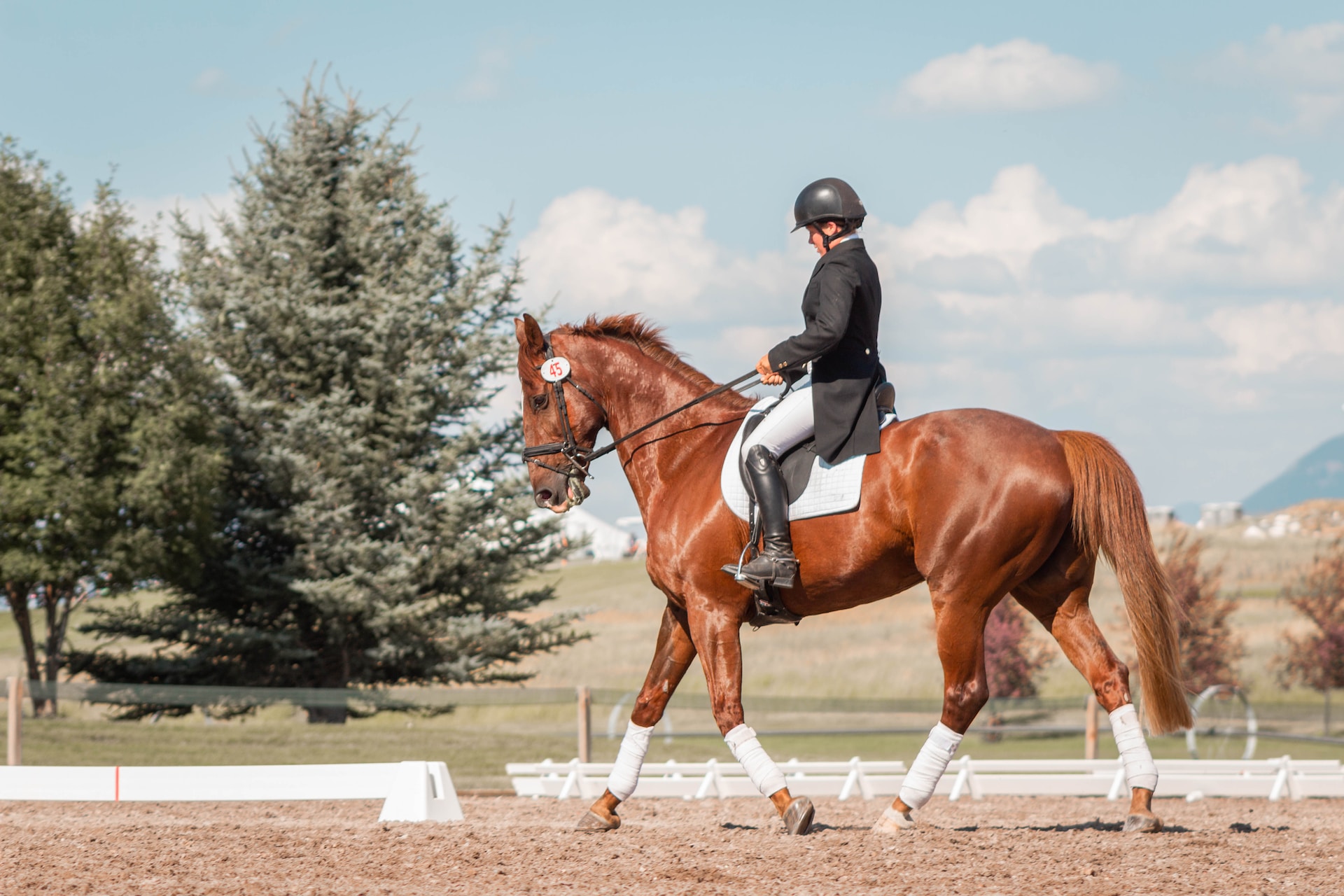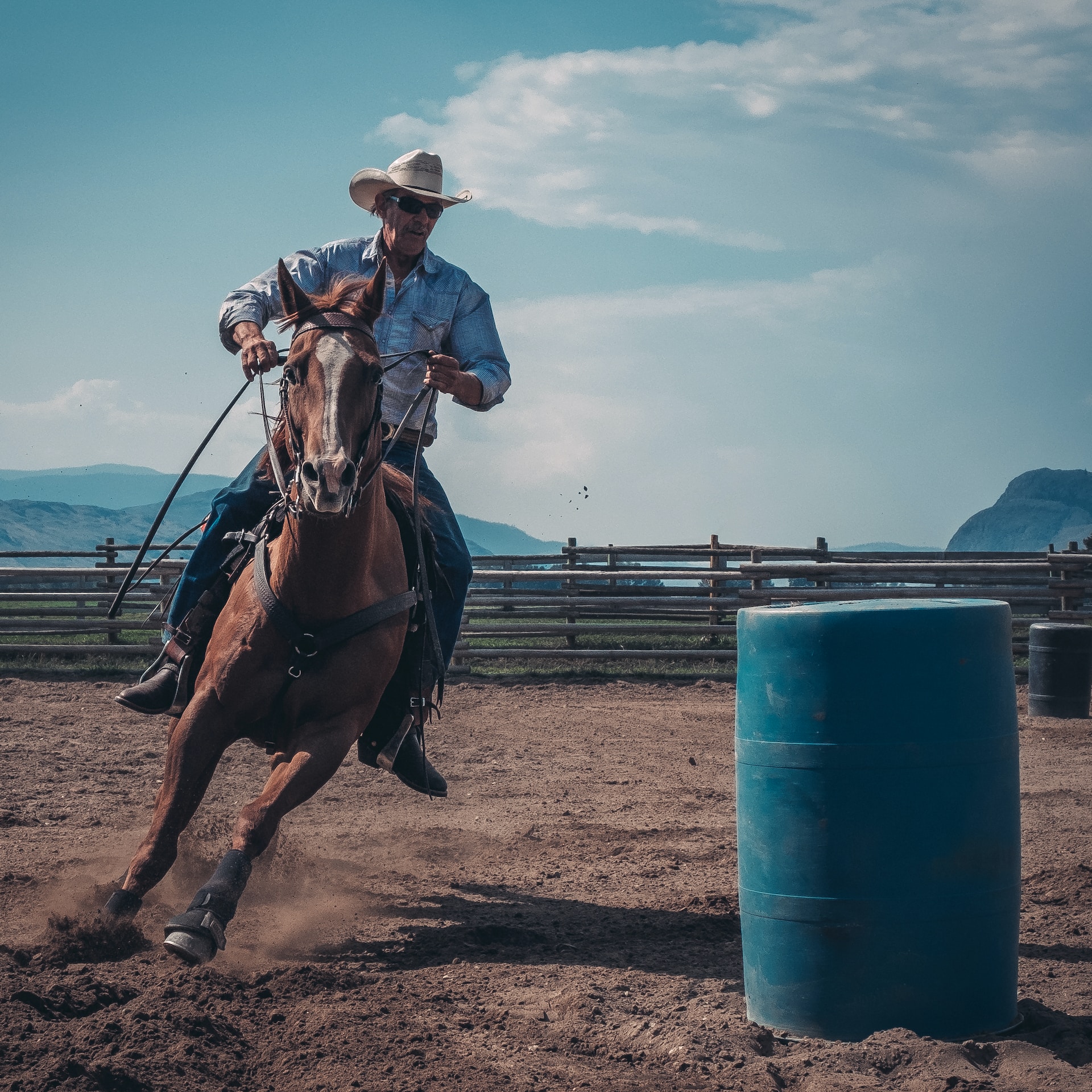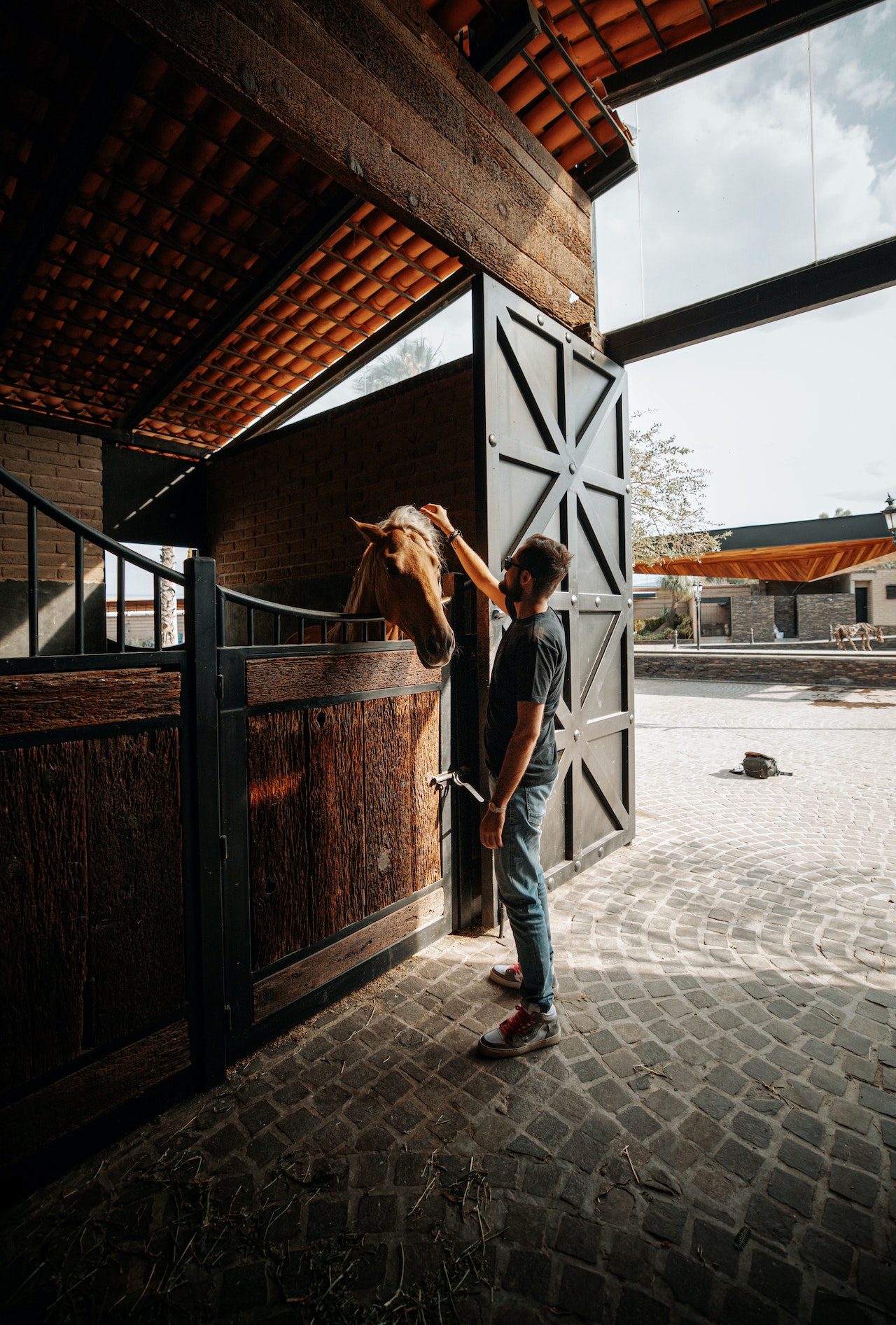Introduction
Horseback Riding is a fun-filled and healthy past-time with numerous mental and physical health benefits.
When spending time in the open sunlight and free clean air, engaging with nature and animals the brain releases a chemical called Serotonin that can alleviate stress. This can instantly enliven the mood.
Moreover, there are many mental exercises such as communicating with the horse, hopping over obstacles, and balancing yourself on the saddle involved in horseback riding. These exercises keep the mind alert, improve problem-solving, and boost confidence.
Horseback riding also requires sitting tall and riveted on the saddle to maintain balance on the horse. This requires you to plunge your legs into the horse’s body and engage your abdominals, hips, and lower back. This greatly fortifies your core strength.
Also, horseback riding tones and strengthens the core muscles such as your chest, arms, and legs. Moreover. it enhances balance and coordination by forcing you to maintain balance on the horse’s back and direct it in various directions at blazing speeds respectively.
Additionally, the rhythmic motion of the body, the engagement of core muscles, and the extreme mental exercise, all tend to bend calories. This culminates in better circulation of the blood and ultimately in better cardiovascular health.
With such benefits, horseback riding must be a go-to past-time and this blog will offer all the initial information every beginner should know before taking up horse riding.
What to Expect During Your First Horseback Ride?
There are a few key elements that a beginner must always remember when riding a horse for the first time.
Fundamentally, after you are introduced to your horse, you will be instructed and assisted to mount the horse with a mounting block or a stirrup. The dismounting process might also be explained where the instructor will guide you about how to shift your weight, swing your legs, etc.
Next, you will be briefed about rein controls. The instructor will give you basic directions on how to steer the horse left and right and how to stop it. They might also briefly explain to you the types of reins like neck reins and direct and indirect reins.
Moreover, you will be given initial information about how to position your weight and keep yourself balanced on the saddle for safer horseback riding.
The instructor will also inform you about the temperament of the horse. They will teach you how to read the horse’s cues and how to respond to them. This will give you better control over the horse and ensure safe riding.
The instructor might also give you a rudimentary introduction to the different horse gaits just to familiarize you with how horses move.
How to Prepare for Your First Horseback Ride
First and foremost, get yourself an instructor of good repute. Research well, go through reviews, and look for verifiable certifications and years of experience before choosing an Instructor.
Visit the stable and take a first-hand experience of the safety and health regulations being practiced. The horses must be taken care of with high health protocols in place. You can also get yourself acclimated to the feel and essence of the surroundings and decide whether it suits you.
Next, make sure your attire is comfortable and correct. Avoid baggy shirts and loose pants. Fitted jeans and a polo shirt might be good options because they are fit and sorted yet offer comfort and room for free movement. Also, wear closed-toe shoes or boots for better riding.
Gloves are recommended for beginners to avoid getting their hands scrapped. Plus, a snack pack and a water bottle can be carried to stay hydrated in direct sunlight. Sunscreen is also a must-have, especially for those with sensitive skin.
Lastly and most importantly, keep a sturdy helmet along to protect you against any accident that might occur when riding for the first time.
A good night’s sleep and a little exercise are highly recommended to relax and prepare your body for the ride. Also, get all the necessary tips and instructions from the instructor about positioning, balancing on, and controlling the horse.
Lastly, relax and remain calm, especially when the horse acts a little unruly and follow the instructions to regain control.
Safety Considerations for Horseback Riding
Even though it is a rewarding past-time, horseback riding comes with a few potential risks. A little mispositioning and off-balance motion can result in a severe fall or injury. Even the rhythmic motion of riding can cause sprains or strain the muscles and lead to problems like bursitis.
For safety, always wear helmets, gloves, and other safety gear. Ensure the elements such as the saddle are well fastened. Before mounting, revise the instructor’s instruction about getting on and off the horse.
The horse can also act erratically and might kick, buck, runoff, or even throw the rider off the back. Keep an eye on the horse’s behaviour for any irregularities. If the horse acts awry stay calm, and use the communication cues your instructor might have taught you.
Don’t approach the horse from behind. Always stand in the front and avoid haphazard gestures and loud noises.
Lastly, keep the environment in check. Avoid slippery areas with steep gradients or rocky terrains to ride a horse. Also, avoid rainy or wet weather.
More importantly, use accurate safety gear. Use a helmet to keep you safe from head injuries. Use long high ankle, non-slip, low-heeled paddock boots.
While optional, gloves must be used for hand protection and better grip. Safety stirrups and body protectors are also highly recommended especially for beginners. More importantly, always stick to the safety guidelines and instructions.
Horse Care and Etiquette
Regular care is a must to maintain healthy horses. Groom your horse routinely by combing and trimming. The horse must be combed thoroughly with a rubber curry or stiff brush to keep the hair, tail, and mane free of dirt, untangled, and shining.
Ensure that the horse is well-fed with a nutritious diet. Hay or grass and grains are a must-have in moderated portions and according to the size and activity of the animal. The horses must be hydrated religiously to avoid exertion and fatigue.
Keeping a veterinarian for regular visits and advice on supplements is also a necessary practice to maintain healthy horses.
The horses must be dealt with caution and care. Respect their space and approach them from the side. Never tug at the tail or kick the horse sharply when riding or grooming. Do not shout or scream and avoid loud banging noises around them.
Respect the rules of the stable and follow all instructions laid out by the owner. Never approach or feed a horse when the owner is not around.
Continuing Your Horseback Riding Journey
To ensure that you retain your progress subscribe to a few practices. Take regular lessons to learn new techniques and tips for better riding. Practice horseback riding personally to supplement your routine training lessons.
You can also collect useful information about horses to stay up to date and maintain healthy horses. You must attend clinics and workshops to learn from vets and trainers or other riders. You must also attend horse shows and competitions to learn more about horseback riding.
Moreover, you can also read books, subscribe to magazines and online forums and learn about Horse Care Management.
Once through with the basics you can explore different types of riding like trail riding, show or cross-county jumping, dressage, etc.
In trail riding, you stroll around an outdoor trail on your horse. For this kind of riding, you will need a reliable, well-tamed horse and experience of riding on varied terrains.
Dressage is a type of horseback riding where you train the horse and develop its natural gait. To try this kind of riding you will need a well temperate horse and some extensive horse management training yourself.
If mastered the basics you can also try show jumping, which is more of a competitive sport, where you participate in obstacles. There are many other forms that you can experiment with, once you have mastered the basics.
Conclusion
Horseback riding is fun and healthy only when you do it the right way. Get your training, familiarize yourself with the horse, and always wear protective gear. Ensure that you remember the basics and necessary instructions and know all the safety regulations.
Moreover, learn to respect the horse and manage it with commitment. Keep it healthy by timely grooming it, keeping it well-fed, and regularly getting it checked by an experienced vet. Keep learning about horse health and management to improve your horseback riding skills.
Some friendly advice; Do not compromise on the safety of your horse and yourself, and always get an experienced instructor to learn from. Don’t rush in learning every horseback riding skill at once. Keep things slow.
Most importantly, keep yourself in fine health if you wish to make the most out of this hobby. Only then can you enjoy horseback riding comprehensively. Lastly, remember to have fun and enjoy this healthy and rewarding hobby!


